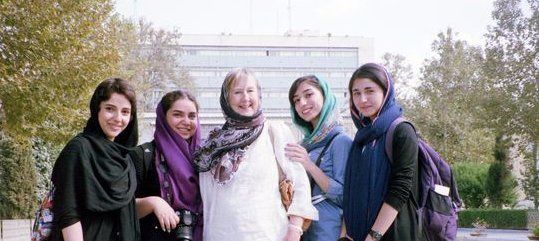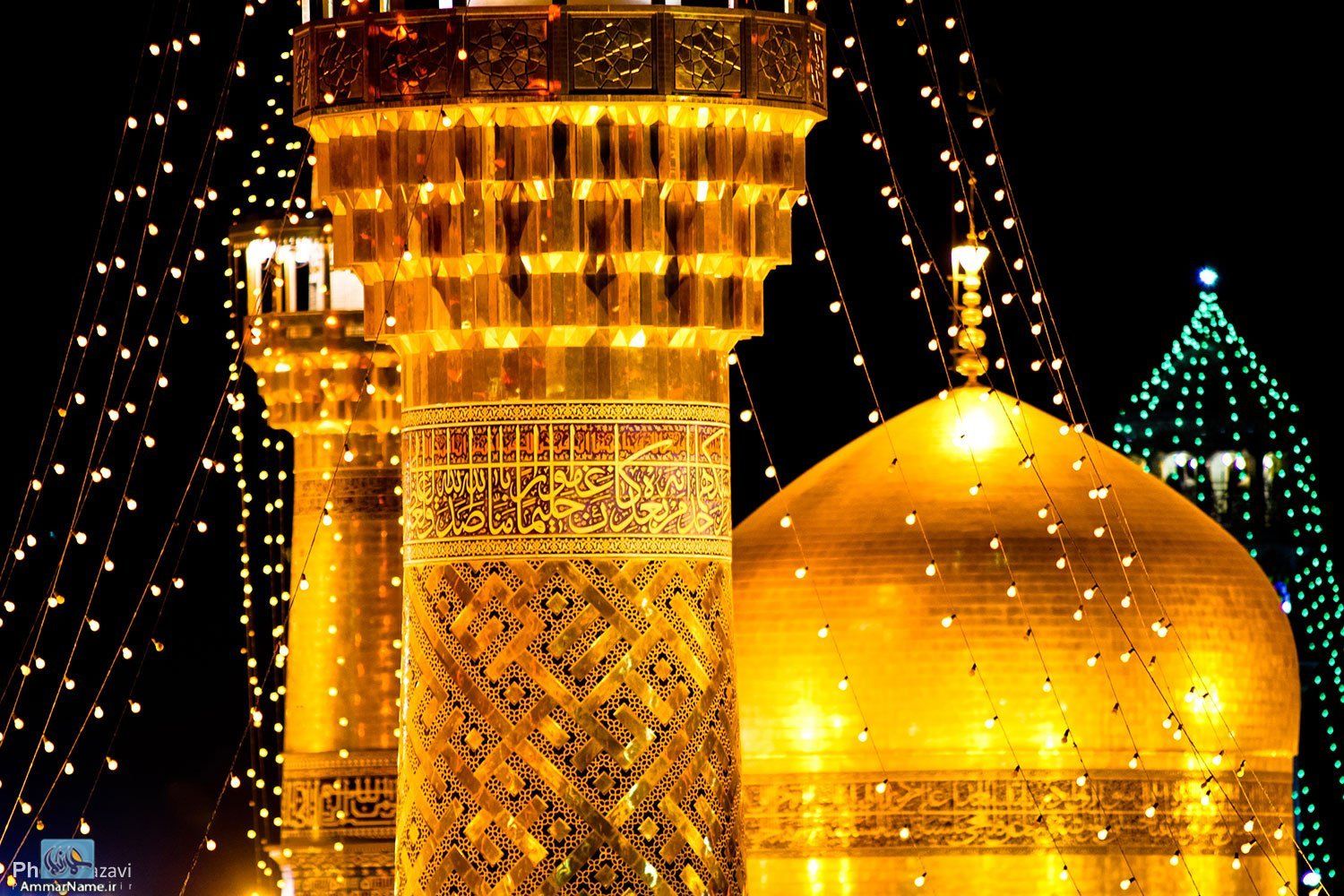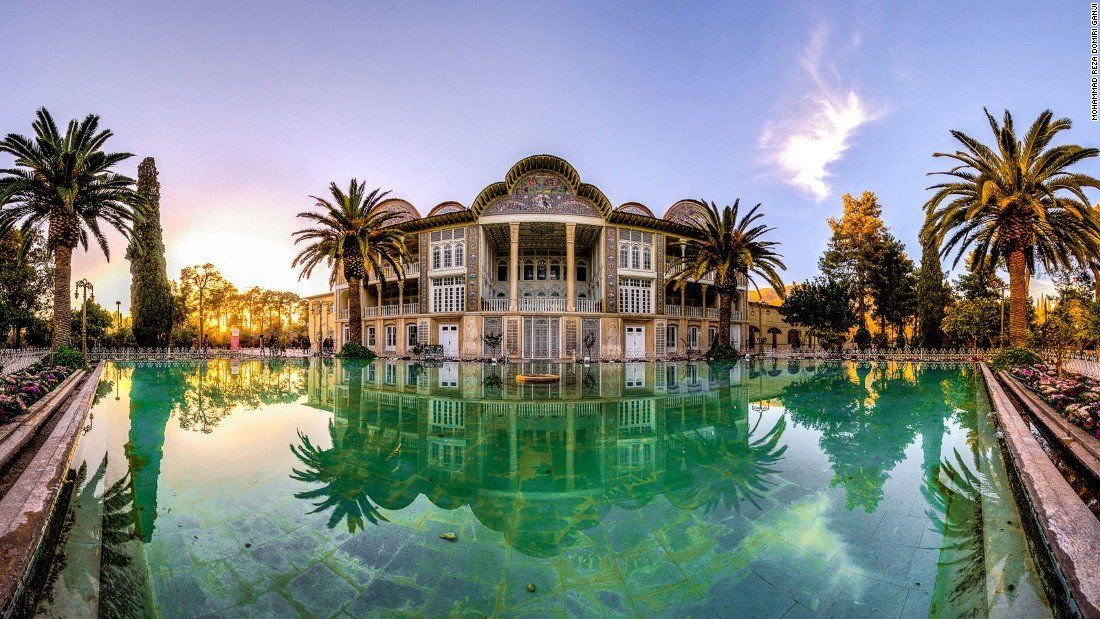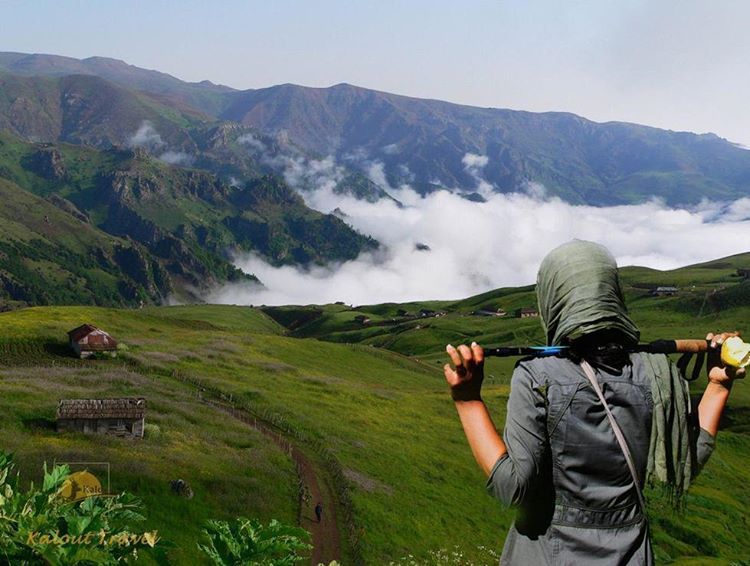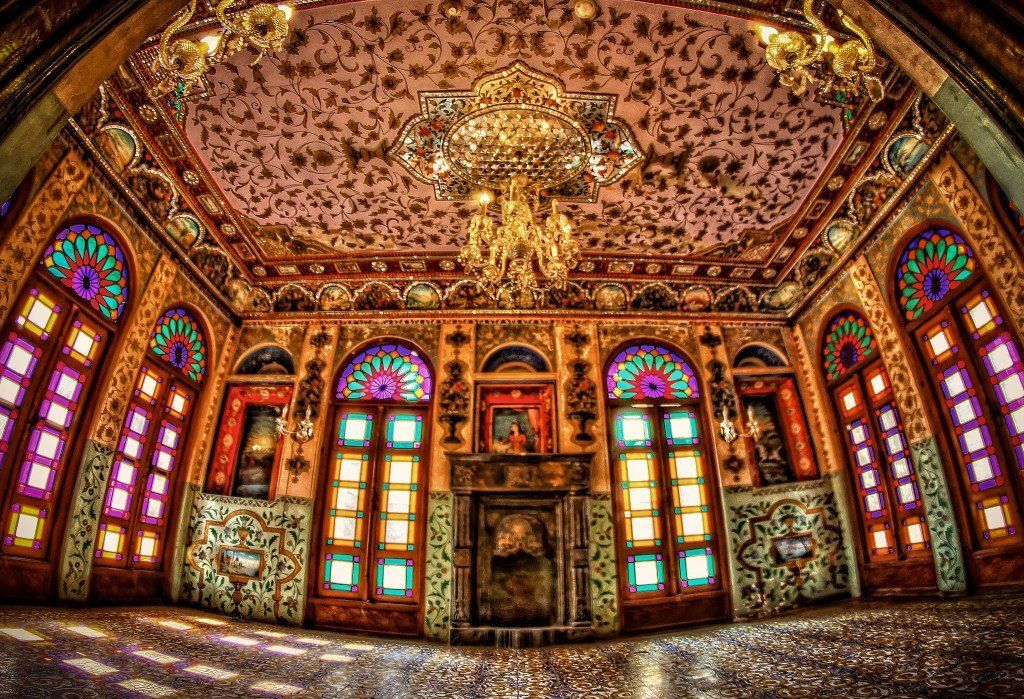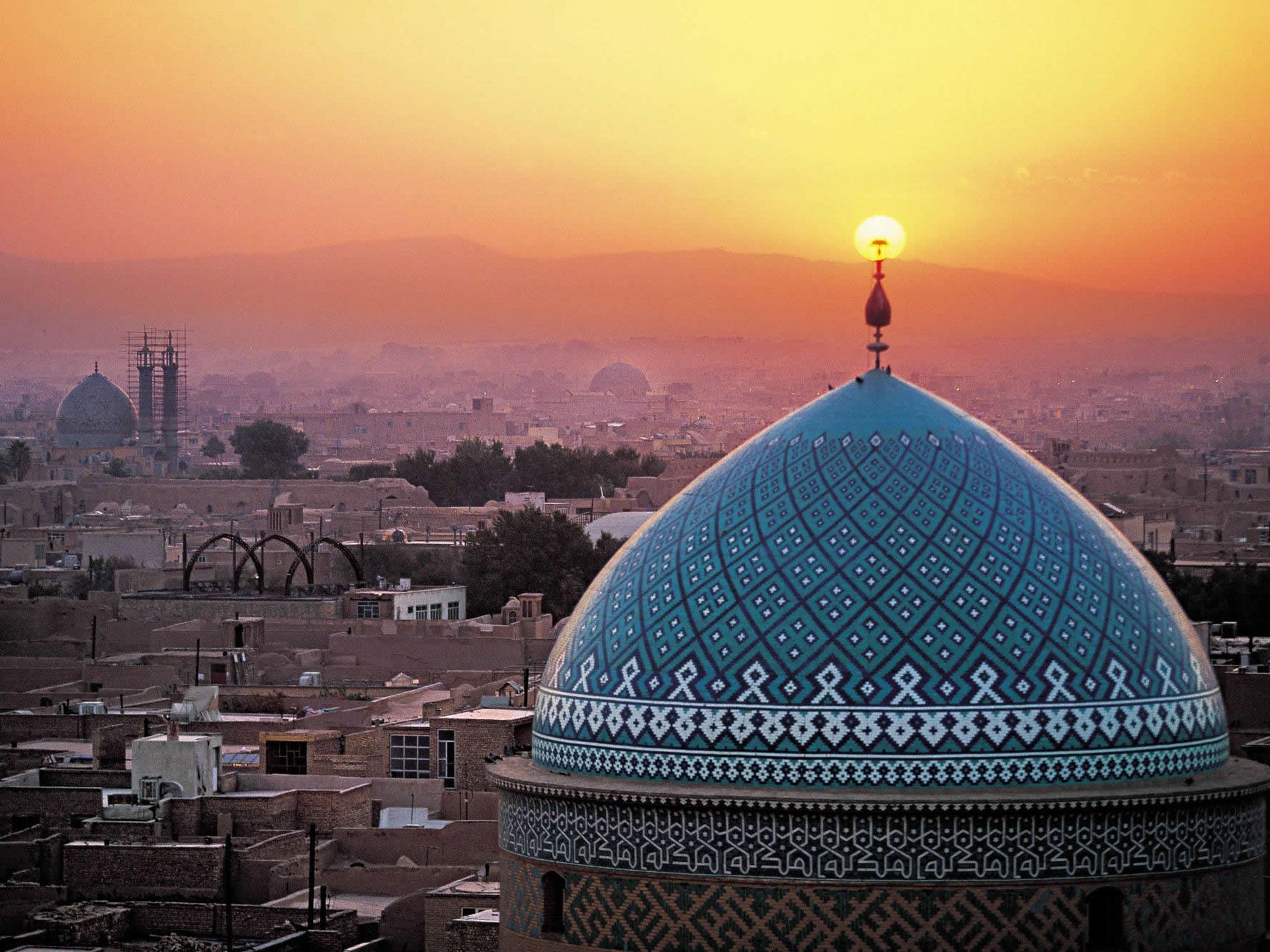Islamic Republic of Iran Railways
The Islamic Republic of Iran Railways (abbreviated IRIR or sometimes RAI) (Persian: شركت راه آهن جمهوری اسلامی ایران) is the national state-owned railway system of Iran. The Raja Passenger Train Company is an associate of the IR, and manages its passenger trains including international trains between Tehran and Istanbul and Tehran and Damascus. The Railway Transportation Company is an associate of the IR to manage its freight transport. The Iranian Ministry of Roads and Transportation is the state agency that oversees the IRIR. Some 33 million tons of goods and 29 million passengers are transported annually by the rail transportation network, accounting for 9 percent and 11 percent of the whole transportations in Iran (2011).
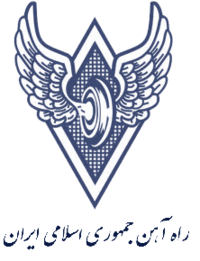
History
In 1887, during the time of Nasser-al-Din Shah, an 8.7 km Metre Gauge horse-driven suburban railway was established south of Tehran, that was later converted to steam. This line was closed in 1952.
The Tabriz–Jolfa line (146 km) was built in 1914, the Sufiyan–Sharaf Khaneh (53 km) in 1916, and the Mirjaveh–Zahedan (93 km) in 1920.
World War II
The 1,392 km (865 mi) long Trans-Iranian Railway from Bandar Torkaman on the Caspian Sea to Bandar Shahpur on the Persian Gulf was opened during the reign of Reza Shah Pahlavi in 1939. The railroad was built with rail weighing 33 kilograms per metre (67 lb/yd) and required more than 3000 bridges. There were 126 tunnels in the Zagros mountains, the longest being 2.4 kilometres (1.5 mi). Grades averaged 1.5 percent south of Tehran, but then increased to 2.8 percent to cross the 2,220-metre (7,270 ft) pass between Tehran and the Caspian Sea. After the Anglo-Soviet invasion of Iran in 1941, this Persian Corridor became one of the supply routes for war material for the Soviet Union during World War II, (Railway trend in Iran). The British built a 121-kilometre (75 mi) branch line from the 900-metre (3,000 ft) bridge over the Karun River in Ahwaz to a new southern port at Khorramshahr on the Shatt al-Arab river. In 1943 3,473 American soldiers of the Military Railway Service began running trains between the Persian Gulf and Caspian Sea using ALCO RS-1 locomotives rebuilt with 3-axle trucks and designated RSD-1 The Americans set up headquarters in Ahwaz, but were unable to tolerate the daytime heat, and generally operated the railway at night.
Challenging construction
The Trans-Iranian railway traverses many mountain ranges, and is full of spirals and 1 in 36 ruling grades. Much of the terrain was unmapped when construction took place, and its geology unknown. Several stretches of line, including tunnels, were built through unsuitable geology, and had to be replaced even before the line opened. Nevertheless, the line was completed ahead of schedule.
In recent years the railways have undergone significant extensions including the 1977 linking to the western railway system at the Turkish border, the 1993 opening of the Bandar Abbas line providing better access to the sea, and the 1996 opening of the Mashad–Sarakhs extension as part of the Silk Road railway to link to the landlocked Central Asian Countries.
Railway construction
In December, 2014 a rail line from Iran opened to Turkmenistan and Kazakhstan. The opening of the line marks the first direct rail link between Iran, Kazakhstan and China and upon completion of the Marmaray rail project direct rail transport between China and Europe (while avoiding Russia) will be possible
| Route |
Length in km |
Date of Construction |
| Tabriz — Jolfa |
148 |
1912—1916 |
| Zahedan — Mirjaveh |
94 |
1920—1921 |
| Tehran — Bandar Shah |
461 |
1928—1938 |
| Tehran — Bandar Shahpur |
928 |
1928—1939 |
| Ahvaz — Khorramshahr |
121 |
1942—1943 |
| Sar Bandar — Mahshahr |
12 |
1950—1951 |
| Garmsar — Mashhad |
812 |
1938—1958 |
| Tehran — Tabriz |
736 |
1939—1959 |
| Gorgan — Bandar Shah |
35 |
1960—1961 |
| Tabriz — Bazargan |
192 |
1912—1971 |
| Qom — Zarand |
847 |
1939—1971 |
| Isfahan — Zarrin Shahr |
111 |
1969—1972 |
| Zarand — Kerman |
80 |
1975—1979 |
| Bafq — Bandar-Abbas |
626 |
1982—1995 |
| Arpin — Maleki |
24 |
1993—1997 |
| Arpin — Mohammediya |
122 |
1994—1999 |
| Chadormalu — Meibod |
219 |
1992—1999 |
| Мohammediya-2 — Мohammediya |
6 |
1994—1999 |
| Bafq — Kashmar |
800 |
1992—2001 |
| Isfahan — Shiraz |
506 |
2009 |
| Kerman — Zahedan |
546 |
2009 |
Fleet
Locomotive fleet are: IranRunner, EMD G26, GE C30-7, GE U30C, AD43C and for homologation test China Railways DF8.
British Rail Class 141 railbuses were also purchased after their service in the United Kingdom came to an end, in 1997.
Diesel is a strategic industry, and by using this heavy oil as a fuel instead of gas for locomotives, the Islamic Republic of Iran has joined the 12 world countries which manufacture this type of engine.
Operations
In 2008, the IR operated 11,106 km of rail with a further 18,900 km in various stages of development. Almost all of this is standard gauge of 1,435 mm (4 ft 8 1⁄2 in), but 94 km are broad gauge of 1,520 mm (4 ft 11 27⁄32 in) to link up to ex-Soviet Union border states. There is also the no-longer-isolated broad-gauge section of 1,676 mm (5 ft 6 in) from Zahedan to the Pakistan border that continues to Quetta and the Indian sub-continent. The extent of double-track lines is 1,082 km. The Jolfa–Tabriz line is electrified (148 km). In 2006, IR reported that it possessed 565 engines, 1,192 passenger coaches, and 16,330 wagons. The vast majority of the engines are diesel-powered.
Expansion
The majority of transportation in Iran is road-based. The government plans to transport 3.5% of the passenger volume and 8.5% of the freight volume by rail. Extensive electrification is planned. The railway network expands by about 500 km per year according to the Ministry of R&T. According to plan, Iran’s railway lines are to reach 15,000 kilometers by 2015 and 25,000 kilometers by the year 2025.
The State Railways Company has 300 locomotives with an average lifespan of 40 years. The Islamic Republic of Iran Railways, the Iran Power Plant Projects Management (Mapna) and Germany's Siemens have signed a contract for 150 IranRunner locomotives for passenger trains. Siemens is committed to exporting to Iran some 30 locomotives in the first phase and manufacture another 120 using domestic capacities and expertise over the next six years (2007). MLC (Mapna Locomotive Engineering and Manufacturing Company) is the manufacturing company responsible for this production. Another locomotive manufacturer in Iran is Wagon Pars which builds AD43C locomotives in partnership with Iranian power plant maker DESA diesel.
In 2009, €17 billion in foreign investment in rail industry have been secured, according to the Ministry of Road and Transportation of Iran.
Affiliate companies
- Raja Passenger Train Company is an associate of the Islamic Republic of Iran Railways (IRIR) and manages its passenger trains, including international trains linking Tehran to Istanbul and Damascus. Raja Passenger Train Company carried more than 4 million passengers during 2003-05. The number of passengers traveling by rail increased from 11.7 million in 2000 to 17.3 million in the year ending March 2005. Every passenger wagon annually carries 7,340 passengers per kilometer on average (whereas the figure is 3,950 people per kilometer in Turkey and 5,220 passengers per kilometer in Egypt). Private enterprises are expected to operate 5,000 wagons by 2009 (50% of total).
- Railway Transportation Company is also a subsidiary of the IRIR to manage its freight transport while the Ministry of Roads and Transportation is the state agency that oversees the IRIR. In Iran, for every wagon, some 1,050 tons of freight are being transported (2008). The cargo rail system between Iran, Turkey and Pakistan will begin regular operations by August 2010.
- Zarand Company provides the national railroad system with freight and passenger train carriages.
Network and corridors
The railway network converges on Tehran. The Iranian cities of Isfahan and Shiraz were linked to Tehran in 2009. Further extension of this line to Bushehr and Bandar Abbas is planned. Furthermore, the construction of Chabahar-Zahedan-Mashhad railway, extending from southeast to northeast of the country to the length of 1,350 kilometers, started in 2010 with 3 billion euro credit.
The western railway extension links to Turkey at the Razi–Kapıköy border. A northern connection to Azerbaijan, the Caucasus, and Russia has a bogie-changing station at the border at Jolfa. The southern routes connect Tehran to the Persian Gulf ports of Bandar Imam and Bandar Abbas. A line to the Caspian Sea ends at the terminal of Amir Abad and at Bandar Torkaman, and is part of a North-South corridor to Russia and Scandinavia. The north-east corridor connects Mashad and continues further to the bogie-changing station at Sarakh. For the landlocked countries of Turkmenistan, Uzbekistan, Tajikistan, Kyrgyzstan, and Kazakhstan; this line provides access to the sea. A recent connection from Mashad to Bafq has significantly shortened access to the port city of Bandar Abbas.
Tehran-Mashhad with a length of 900 kilometers, Tehran-Qom-Esfahan with a length of 410 kilometers, Qazvin-Rasht-Anzali-Astara with a length of 370 kilometers will all be built with help from China at a cost of $12 billion. In total, Iran has signed a number of contracts with China for the development of 5,000 kilometres of railway lines.
North-South Railway
The North-South railway is complete between Qazvin and Bandar Abbas; the line is expected to be completed as far as Azerbaijan by the end of 2011.
Links to Republic of Azerbaijan and Armenia
Iran's first rail link to the outside world appeared simultaneously with the beginning of the country's railway system, as Iran's first major railway (1916) connected Tabriz with Jolfa on the border with the Russian Empire. The link continued its importance throughout the USSR era; Iran and the USSR signed an agreement on cross-border rail transport in 1940, and amended it in 1958. It is reported that during the late-Soviet era, some 350 railcars crossed the border at Jolfa daily, with the annual amount of cross-border freight reaching 3.5 million tons.
However, after the break-up of the USSR and the closing of the border between Armenia and Azerbaijan the Jolfa connection became a dead end, as it only links Iran with the isolated Nakhichevan exclave of the Republic of Azerbaijan.
In 2007, Iranian Railways, Azerbaijan State Railway and Russian Railways agreed on implementing the project to build a new line between Qazvin, Resht, Astara, Iran and Astara, Azerbaijan.
There is presently no direct railway connection between Iran and Armenia, even though the two countries share a border. In 2009, Iran and Armenia agreed to build a railway linking Armenia with Iran’s Persian Gulf ports.
Links to Central Asia
In 1996, Mashhad–Sarakhs extension connected Iran to Turkmenistan, as part of the Silk Road railway to link to the landlocked Central Asian Countries.
Former states of the Soviet Union have railways using a 1,520 mm (4 ft 11 27⁄32 in) wider gauge, thus the Iranian Railways maintain break-of-gauge services at borders to Azerbaijan and Turkmenistan, and beyond brief wide-track rail segments to the border crossing.
The Kazakhstan-Turkmenistan-Iran railway link is a part of the North-South Transport Corridor and is a 677 km (421 mi) long railway line connecting the Central Asian countries of Kazakhstan and Turkmenistan with Iran and the Persian Gulf. It will link Uzen in Kazakhstan with Bereket - Etrek in Turkmenistan and end at Gorgan in Iran's Golestan province. In Iran, the railway will be linked to national network making its way to the ports of the Persian Gulf. The project is estimated to cost $620m which is being jointly funded by the governments of Kazakhstan, Turkmenistan and Iran.
Links to Iraq, Syria and Afghanistan
Feasibility studies were started on Khorramshahr–Basra and Kermanshah-Baghdad links with Iraq, As of 2014 the Iranian line to Khorramshahr was finished, but construction had not started on the track from the Iraqi border to Basra.
A Afghanistan - Mashhad-Khvaf-Islam Qala railway is being constructed by an Iranian firm (the line inside Afghanistan is funded by the Afghan government.
Link to Turkey, and International Standard Gauge route to Europe
In 1977, the Iranian railways linked to the western railway system at the Turkish border.
The route to the west into Turkey terminates at Van with a 90 km (56 mi) train ferry for both freight wagons and international passenger traffic (baggage car only) across Lake Van, which is at an altitude of 1,650 m (5,413 ft), to Tatvan where it joins the Turkish standard-gauge network.
Link to Pakistan
The construction of the railway from Bam to Zahedan was completed in early 2009 connecting Tehran to Pakistan border with an opening ceremony on 19 July 2009. However international container traffic will commence operations on 14 August 2009 with transshipment (or transloading) between 1,676 mm (5 ft 6 in) wide and 1,435 mm (4 ft 8 1⁄2 in) standard gauge wagons in the new Zahedan Exchange Yard on the bypass line. The freight traffic was discontinued however after the initial trial trains and was only revived in 2015.
Iranian Railways have been trying to persuade Pakistan Railways to convert its route to Quetta to standard gauge, in order to facilitate the flow of international traffic to Europe. Pakistan responded in 2006 with a statement that it is to convert its network to standard gauge, and would plan a link with the standard gauge system of China. There is a transhipment yard at Zahedan.
A through passenger service is being considered to supplement the occasional Quetta-Zahedan service, itself a poor shadow of the former Pakistan-Iran 'Taftan Express'.
Railway electrification
Although railway electrification in Iran was started in 1975, it was stopped for almost 30 years. A contract for electrification of the Tehran-Mashhad double-track line and the supply of 70 electric locomotives was awarded in 2009. Speeds of up to 200 km/h for locomotive-hauled passenger trains and 250 km/h for tilting EMUs are expected to reduce existing journey times of 7.5 to 12 to less than 5 hours.
High Speed Rail
Currently there is one high speed railway line under construction between Tehran and Isfahan passing through Qom. The length of the line is 410 km and the expected opening date is 2018.
►
Related Information:
Dalsza lektura:
























